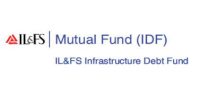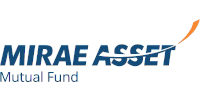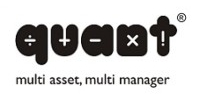Mutual Fund Scheme Classification
Mutual funds come in many varieties, designed to meet different investor goals. Mutual funds can be broadly classified based on:
- Organisation Structure – Open ended, Close ended, Interval
- Management of Portfolio – Actively or Passively
- Investment Objective – Growth, Income, Liquidity
- Underlying Portfolio – Equity, Debt, Hybrid, Money market instruments, Multi Asset
- Thematic / solution oriented – Tax saving, Retirement benefit, Child welfare, Arbitrage
- Exchange Traded Funds
- Overseas funds
- Fund of funds
Scheme Classification By Organization Structure
Open-ended Schemes
Open-ended schemes are perpetual, and open for subscription and repurchase on a continuous basis on all business days at the current NAV.
Close-ended Schemes
Close-ended schemes have a fixed maturity date. The units are issued at the time of the initial offer and redeemed only on maturity. The units of close-ended schemes are mandatorily listed to provide exit route before maturity and can be sold/traded on the stock exchanges.
Interval Schemes
Interval schemes allow purchase and redemption during specified transaction periods (intervals). The transaction period has to be for a minimum of 2 days and there should be at least a 15-day gap between two transaction periods.
Scheme Classification By Portfolio Management
Active Funds
In an Active Fund, the Fund Manager is ‘Active’ in deciding whether to Buy, Hold, or Sell the underlying securities and in stock selection. Active funds adopt different strategies and styles to create and manage the portfolio :
- The investment strategy and style are described upfront in the Scheme Information document (offer document).
- Active funds expect to generate better returns (alpha) than the benchmark index.
- The risk and return in the fund will depend upon the strategy adopted.
- Active funds implement strategies to ‘select’ the stocks for the portfolio.
Passive Funds
- Investment holdings mirror and closely track a benchmark index, e.g., Index Funds or Exchange Traded Funds (ETF).
- Suited for investors who want to allocate exactly as per market index.
- Lower Expense ratio hence lower costs to investors and better liquidity.
Classification By Investment Objective
Mutual funds offer products that cater to the different investment objectives of the investors such as :
- Capital Appreciation (Growth)
- Capital Preservation
- Regular Income
- Liquidity
- Tax-Saving
Mutual funds also offer investment plans, such as Growth and Dividend options, to help tailor the investment to the investors’ needs.
Classification By Investment Portfolio
Mutual fund products can be classified based on their underlying portfolio composition.
- The first level of categorization will be on the basis of the asset class the fund invests in, such as equity / debt / money market instruments or gold.
- The second level of categorization is on the basis of strategies and styles used to create the portfolio, such as, Income fund, Dynamic Bond Fund, Infrastructure fund, Large-cap/Mid-cap/Small-cap Equity fund, Value fund, etc.
- The portfolio composition flows out of the investment objectives of the scheme.
Mutual funds also offer investment plans, such as Growth and Dividend options, to help tailor the investment to the investors’ needs.
We Offered Partner









































